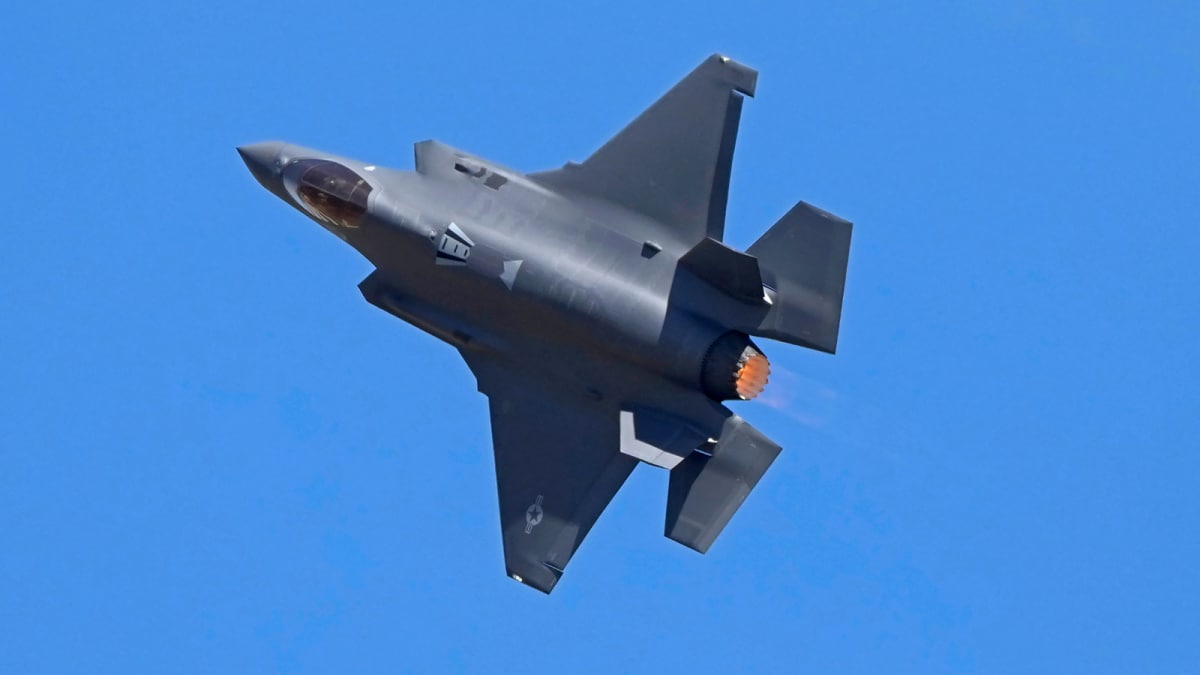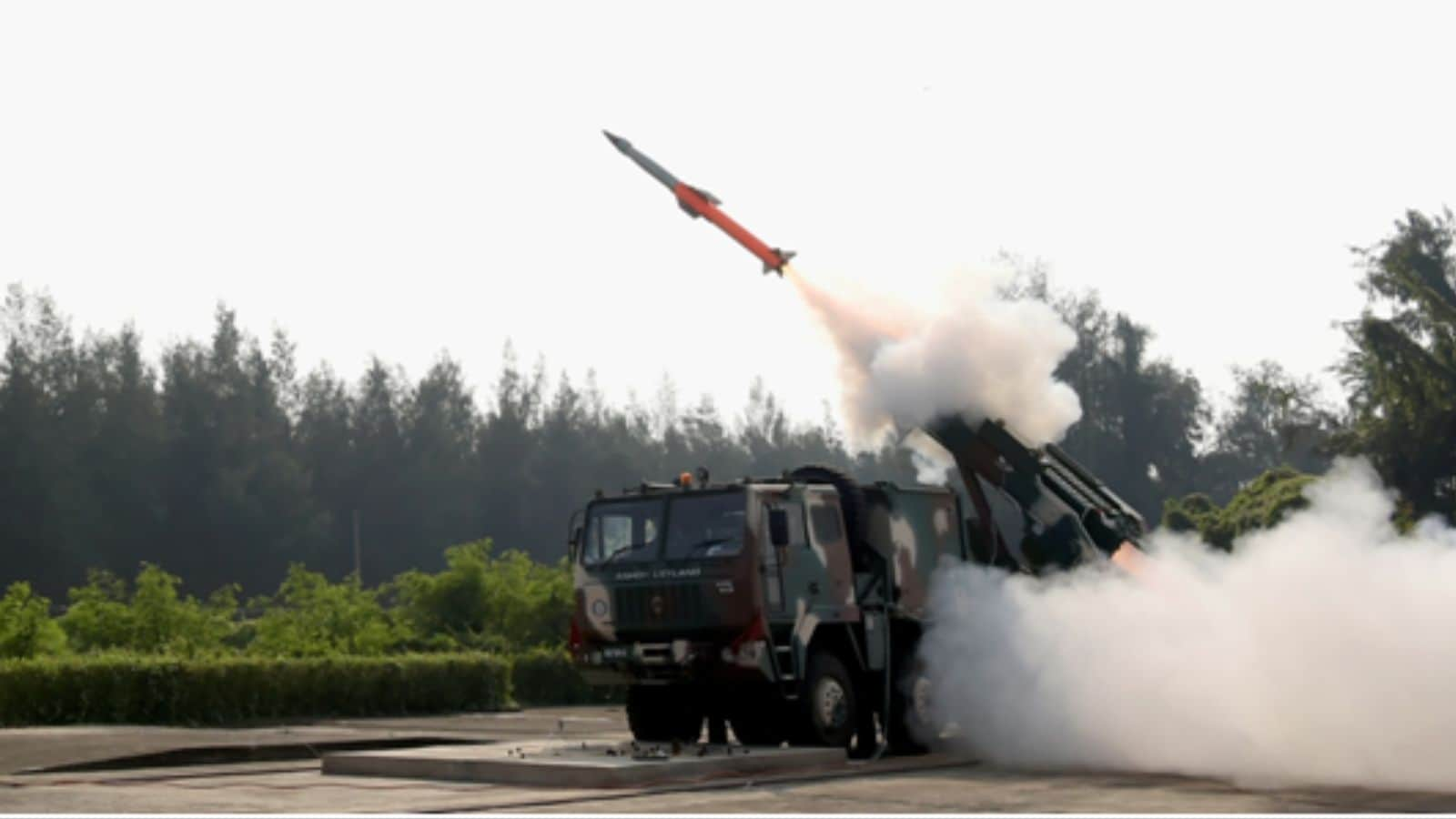ARTICLE AD BOX
Last Updated:July 24, 2025, 18:01 IST
India’s 6th-gen fighter will have a flying wing-only design with no vertical or horizontal stabilizers, boosting stealth by eliminating the jet’s tail and radar visibility

India is developing sixth-generation combat technology under the Ghatak program, which focuses on creating an unmanned combat aerial vehicle. (Representative/AP)
Amid rising global conflicts and shifting geopolitics, the need for strong self-defence has become urgent. With major powers like the US and China investing heavily in advanced defence systems, India is also stepping up efforts to modernise its military.
The Indian government is continuously enhancing the Air Force, with the Defence Research and Development Organisation (DRDO) playing a pivotal role. Efforts are ongoing to develop next-generation fighter jets, including the Tejas category and the AMCA (Advanced Medium Combat Aircraft) project, aimed at creating a fifth-generation fighter jet with indigenous technology. A fund of Rs 15,000 crore has been allocated for developing the design prototype, which could lead to significant commercial opportunities.
India’s ambition extends to 6th generation fighter jet technology, with notable progress reported. India is expected to achieve self-sufficiency in developing fifth-generation fighter jets by the 2030s. Building on indigenous technology, the country aims to eventually develop sixth-generation fighter jets as well. However, as of now, there is no clear timeline or confirmation regarding the sixth-generation program.
6th Generation Fighter Jet
A report published by the India Defense Research Wing highlights India’s growing capabilities in advanced fighter jet technology. According to the report, Dr. Kota Harinarayan, the chief designer of the Tejas fighter jet, stated that India is technically prepared to develop a sixth-generation unmanned fighter aircraft based on a flying wing design.
He noted that future fighter jets could operate both with a pilot and autonomously. Dr. Harinarayan added that if the government decides to fully pursue the sixth-generation fighter program, the country is technically ready, and groundwork for the project has already begun.
Dr. Harinarayan has outlined the key features of India’s proposed sixth-generation combat platform, stating it will follow a flying wing-only design. This means the jet will have no vertical or horizontal stabilizers, components typically located at the tail of an aircraft to maintain balance.
In fact, the sixth-generation jet will have no tail at all, a design intended to enhance its stealth capabilities by making it virtually undetectable by advanced radar systems. As a result, these jets are expected to be significantly more advanced, capable, and lethal than current fifth-generation fighters like the F-35 and Rafale.
India’s Stealth-Packed Deadly Jet Project
India is developing sixth-generation combat technology under the Ghatak program, which focuses on creating an unmanned combat aerial vehicle (UCAV). The project is being led by the Aeronautical Development Agency (ADA) in collaboration with DRDO.
Ghatak is considered India’s first combat platform featuring stealth capabilities and a flying wing design. It is powered by the Kaveri dry engine, although it’s still unclear whether the same technology will be used for a sixth-generation fighter jet or if new systems will be introduced.
Notably, sixth-generation jets are expected to feature artificial intelligence, the ability to operate in coordination with drones, and may also be equipped with directed energy weapons, making them highly advanced and futuristic combat platforms.
view comments- Location :
- First Published:
News india Unmanned, AI-Enabled, Tail-Less: India’s 6th Gen Fighter Jet May Outclass Rafale, F-35
Disclaimer: Comments reflect users’ views, not News18’s. Please keep discussions respectful and constructive. Abusive, defamatory, or illegal comments will be removed. News18 may disable any comment at its discretion. By posting, you agree to our Terms of Use and Privacy Policy.



.png)
.png)
.png)
















 1 week ago
41
1 week ago
41









 English (US) ·
English (US) ·